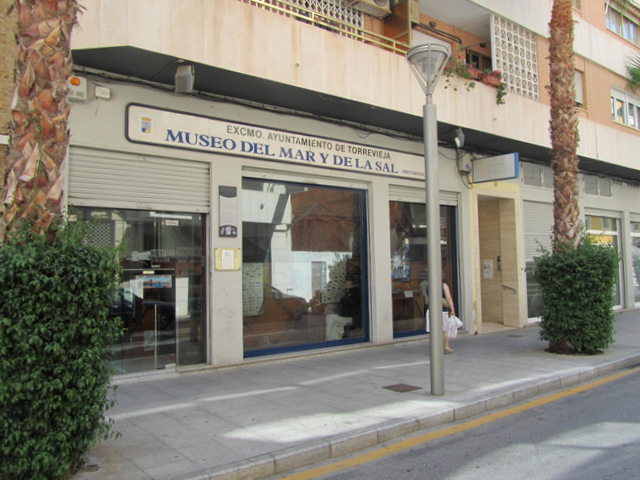- Region
- Águilas
- Alhama de Murcia
- Jumilla
- Lorca
- Los Alcázares
- Mazarrón
- San Javier
-
ALL AREAS & TOWNS
- AREAS
- SOUTH WEST
- MAR MENOR
- MURCIA CITY & CENTRAL
- NORTH & NORTH WEST
- TOWNS
- Abanilla
- Abarán
- Aguilas
- Alamillo
- Alcantarilla
- Aledo
- Alhama de Murcia
- Archena
- Balsicas
- Blanca
- Bolnuevo
- Bullas
- Cañadas del Romero
- Cabo de Palos
- Calasparra
- Camping Bolnuevo
- Campo De Ricote
- Camposol
- Canada De La Lena
- Caravaca de la Cruz
- Cartagena
- Cehegin
- Ceuti
- Cieza
- Condado de Alhama
- Corvera
- Costa Cálida
- Cuevas De Almanzora
- Cuevas de Reyllo
- El Carmoli
- El Mojon
- El Molino (Puerto Lumbreras)
- El Pareton / Cantareros
- El Raso
- El Valle Golf Resort
- Fortuna
- Fuente Alamo
- Hacienda del Alamo Golf Resort
- Hacienda Riquelme Golf Resort
- Isla Plana
- Islas Menores & Mar de Cristal
- Jumilla
- La Azohia
- La Charca
- La Manga Club
- La Manga del Mar Menor
- La Pinilla
- La Puebla
- La Torre
- La Torre Golf Resort
- La Unión
- Las Palas
- Las Ramblas
- Las Ramblas Golf
- Las Torres de Cotillas
- Leiva
- Librilla
- Lo Pagan
- Lo Santiago
- Lorca
- Lorquí
- Los Alcázares
- Los Balcones
- Los Belones
- Los Canovas
- Los Nietos
- Los Perez (Tallante)
- Los Urrutias
- Los Ventorrillos
- Mar De Cristal
- Mar Menor
- Mar Menor Golf Resort
- Mazarrón
- Mazarrón Country Club
- Molina de Segura
- Moratalla
- Mula
- Murcia City
- Murcia Property
- Pareton
- Peraleja Golf Resort
- Perin
- Pilar de la Horadada
- Pinar de Campoverde
- Pinoso
- Playa Honda
- Playa Honda / Playa Paraíso
- Pliego
- Portmán
- Pozo Estrecho
- Puerto de Mazarrón
- Puerto Lumbreras
- Puntas De Calnegre
- Region of Murcia
- Ricote
- Roda
- Roldan
- Roldan and Lo Ferro
- San Javier
- San Pedro del Pinatar
- Santiago de la Ribera
- Sierra Espuña
- Sucina
- Tallante
- Terrazas de la Torre Golf Resort
- Torre Pacheco
- Totana
- What's On Weekly Bulletin
- Yecla


- EDITIONS:
 Spanish News Today
Spanish News Today
 Alicante Today
Alicante Today
 Andalucia Today
Andalucia Today
Museo del Mar y de la Sal, Torrevieja
The Museum of Salt and the Sea
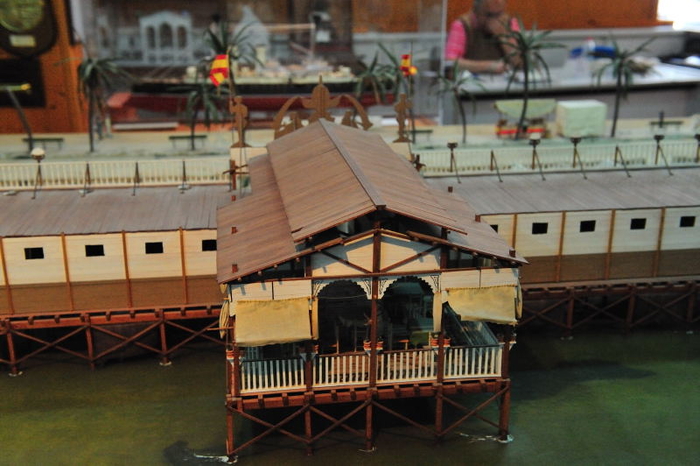
This small museum in Calle Patricio Pérez, just a couple of minutes‘ walk from the main tourist office on Paseo Vistalegre, is a modest homage to the two elements which have most contributed to the very existence of Torrevieja; salt and the sea.
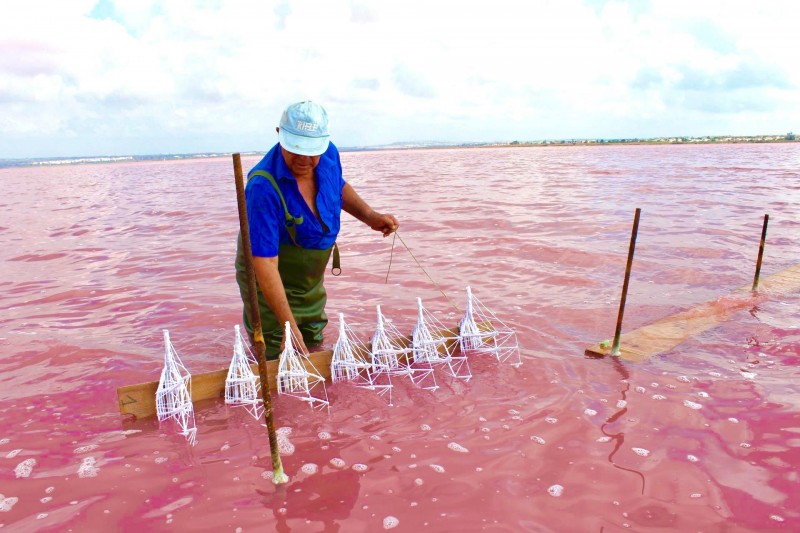
Among the exhibits here perhaps those which catch the eye most immediately are the model ships made entirely from salt, which is crystallized along fine threads to produce elaborate structures. These are first fashioned with string and wood before being immersed in concentrated saline water to produce the finished pieces. There are various of these, and even a model of the main church in the centre of the town.
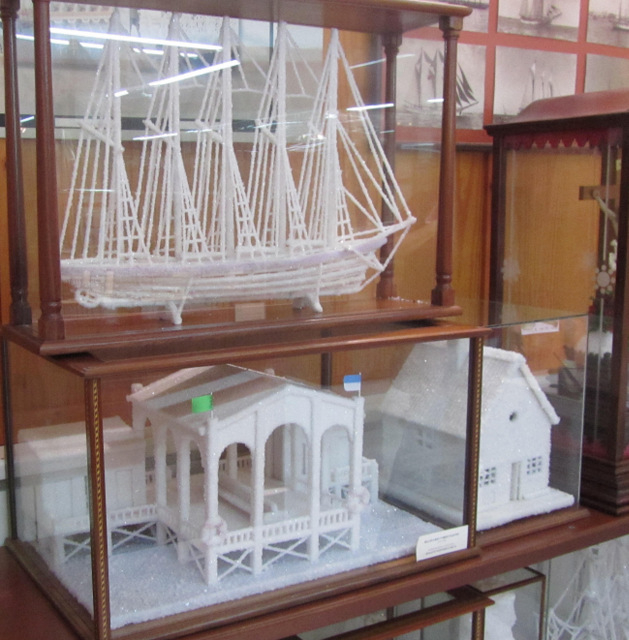
Another salt-related exhibit is a model reconstruction of the old salt port, reminding visitors that just two hundred years ago Torrevieja was little more than a salt production facility, a jetty where ships docked and a couple of modest dwellings to house those working in the area. Indeed, a map dated 1777 shows no buildings at all except for the old watchtower on Cabo Cervera.
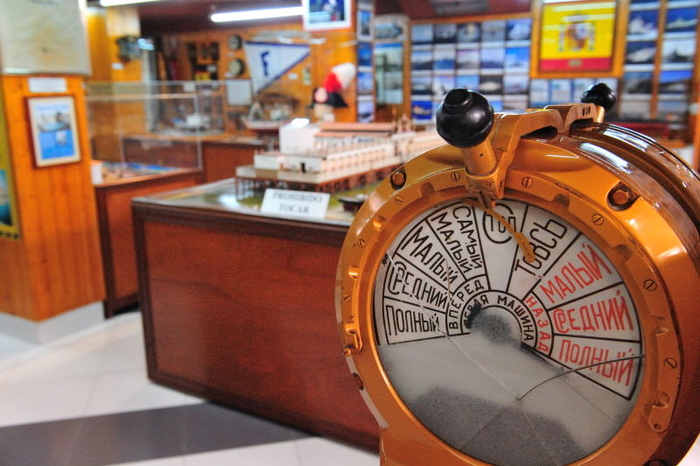
Another of the main cases houses a reconstruction of the old Vista Alegre bathing station, which was located in the vicinity of the main tourist office in the early twentieth century. This wooden structure, supported on stilts some two metres above the water, was the focus of the genteel beach tourism which began in Torrevieja in the years before the First World War, at the same time as the growth of the rather more industrial sector of shipbuilding: another small area of the museum includes a photograph from 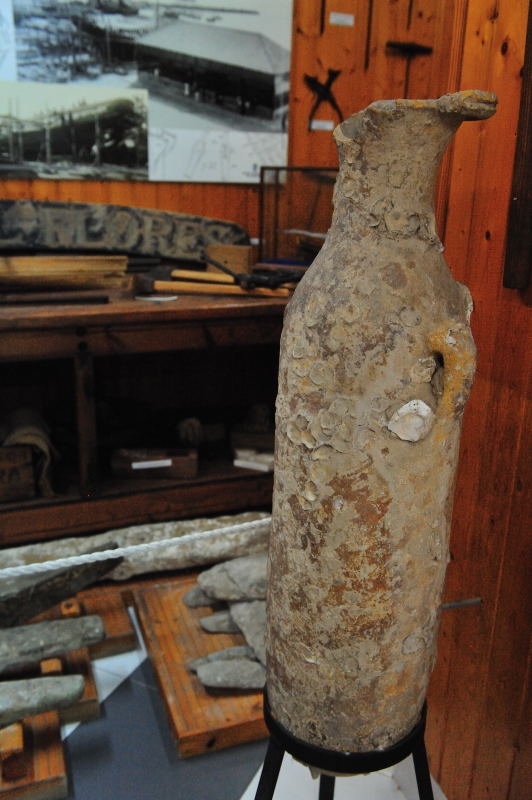 1917 showing tools, artefacts and a panoramic photograph from the short period when the town was dominated by its shipyards.
1917 showing tools, artefacts and a panoramic photograph from the short period when the town was dominated by its shipyards.
One of the models displayed is of the “Pascual Flores”, one of the ships which was built locally and crossed the Atlantic, helping to create the ties between Torrevieja and Cuba which produced the local tradition of Habaneras songs.
Plenty of other items are on display, including commemorative plaques presented by the four Spanish navy submarines belonging to the S-70 class (the Galerna, the Mistral, the Tramontana and the Siroco) and the old pennant showing the Virgin Mary and the Infant Jesus which belonged to the local fishermen’s guild. Archaeological finds such as Roman amphorae are also displayed.
Admission to the museum is free of charge, and although no more than half an hour is needed to see all the exhibits a brief visit is worthwhile as this is one of the very few locations in Torrevieja which reflect the history of the municipality, and help set the scene for understanding the evolution of modern-day Torrevieja.
 It’s worth reading the History of Torrevieja first to bring the exhibits into context.
It’s worth reading the History of Torrevieja first to bring the exhibits into context.
Opening hours: Tuesday 10.00 to 14.00
Wednesday to Saturday from 10.00 to 14.00 and 16.30 to 20.30.
Sundays 10.00 to 13.00.
Closed on Mondays and festive days.
Address: Calle Patricio Perez, 10 bajo, 03181 Torrevieja
Click for map, Calle Patricio Perez, Torrevieja
Telephone: 966 704643
Entry free of charge. Donations welcomed.
The Vista Alegre exhibition hall is very close to the museum, so if there is an exhibition in situ, it’s easy to visit one after the other. It’s also worth visiting the floating museum down in the port which is about a 10 minute walk from this museum if you enjoy history: going inside an S-60 submarine and seeing how 56 men lived beneath the waves is worth the walk!
